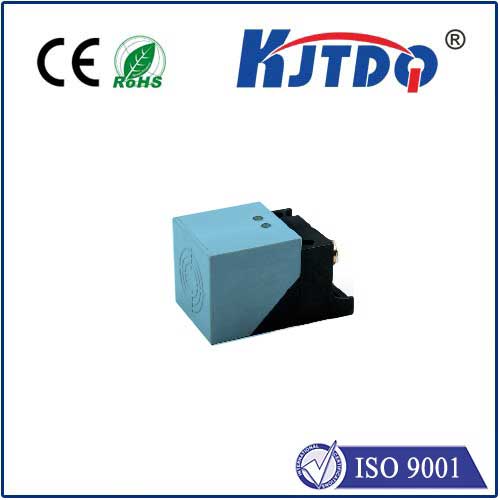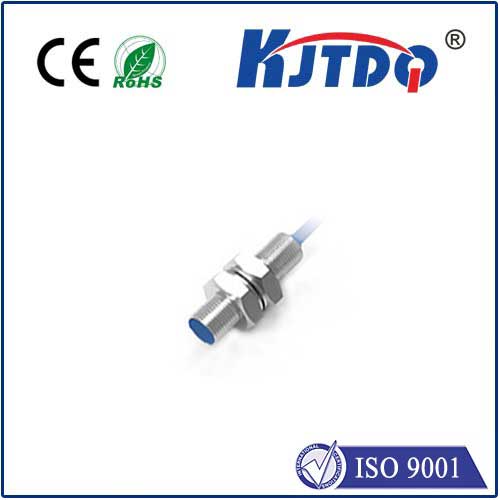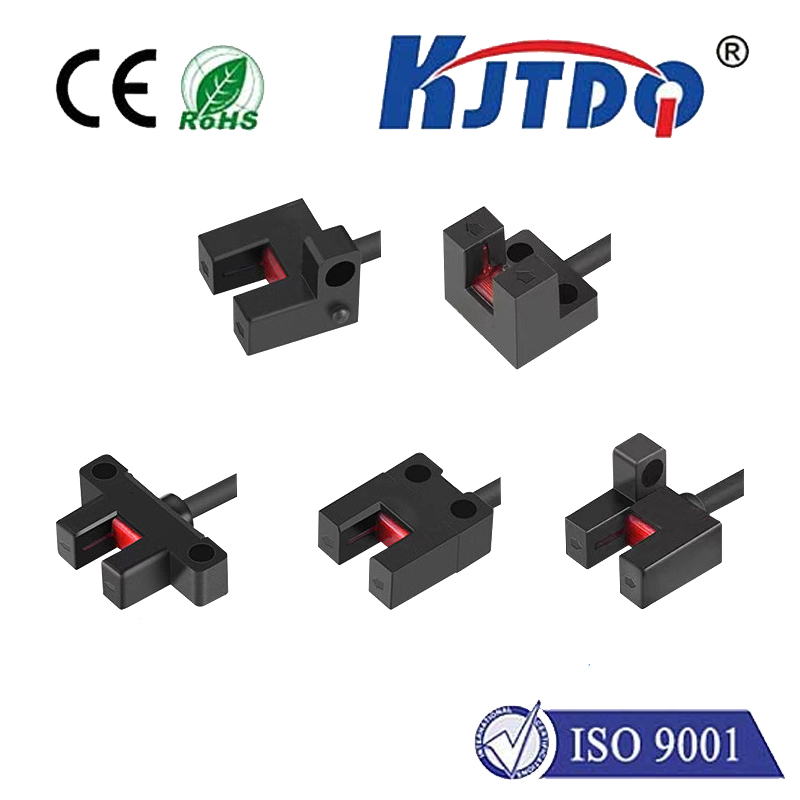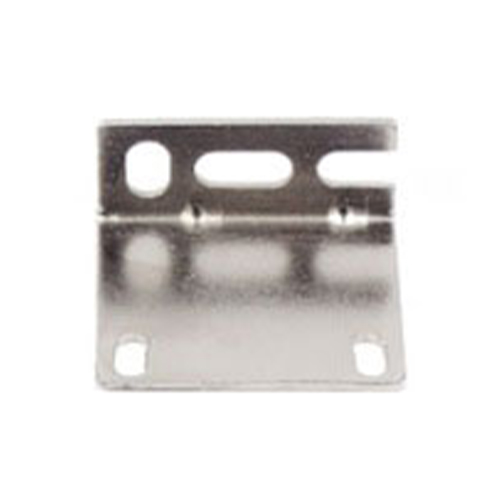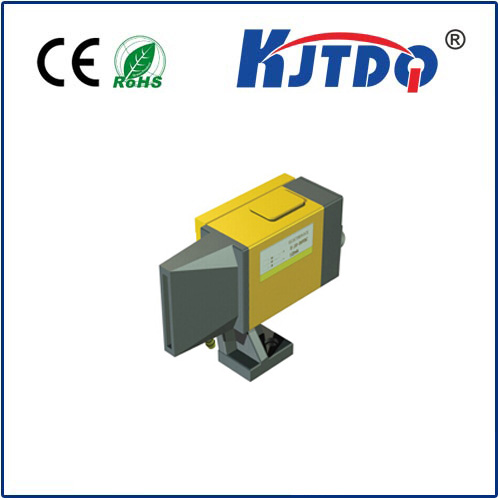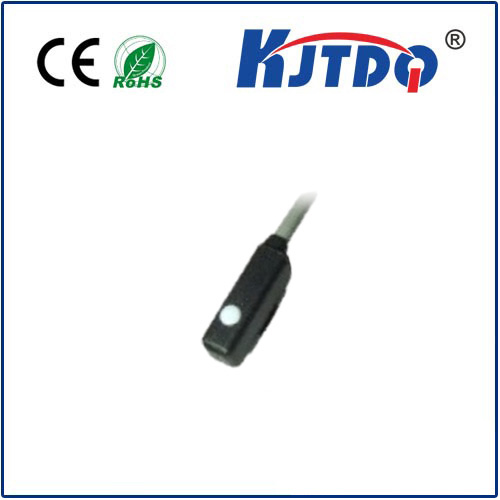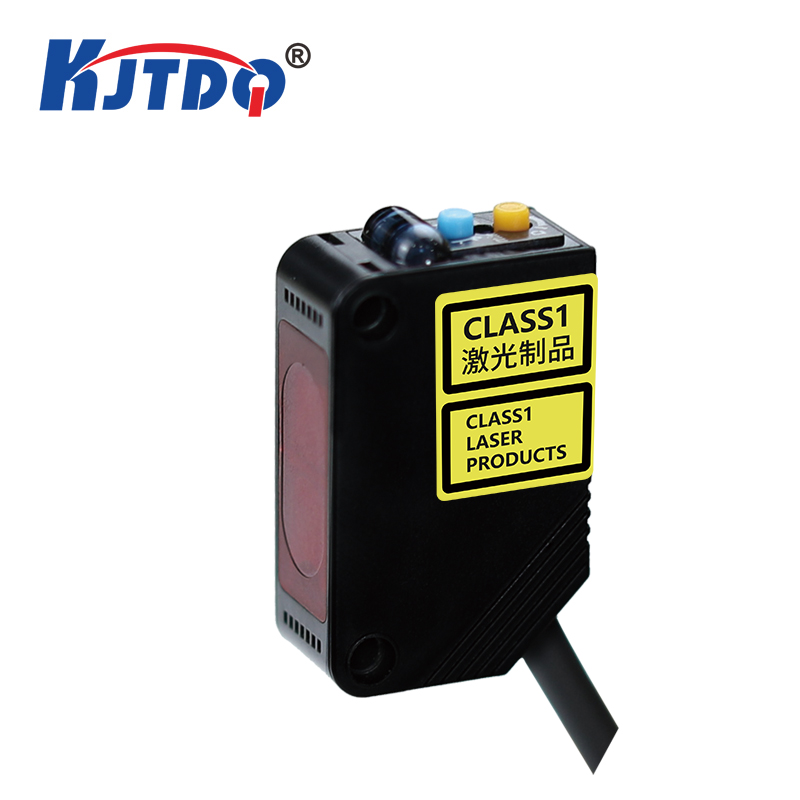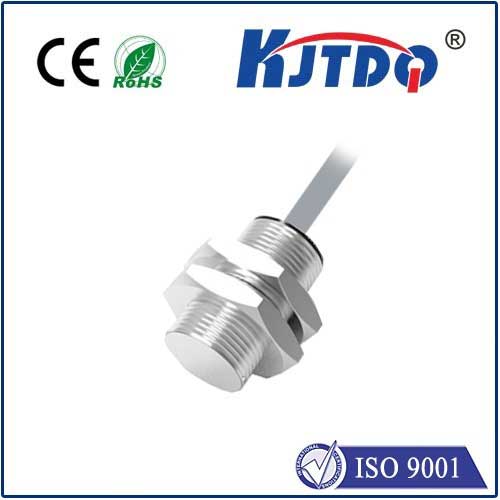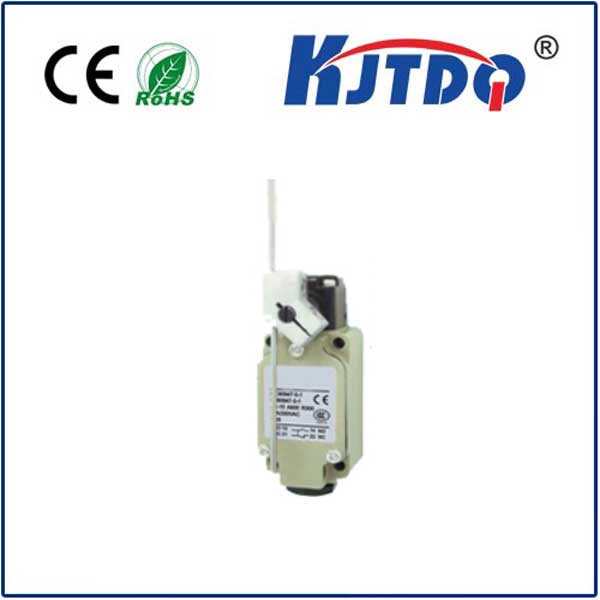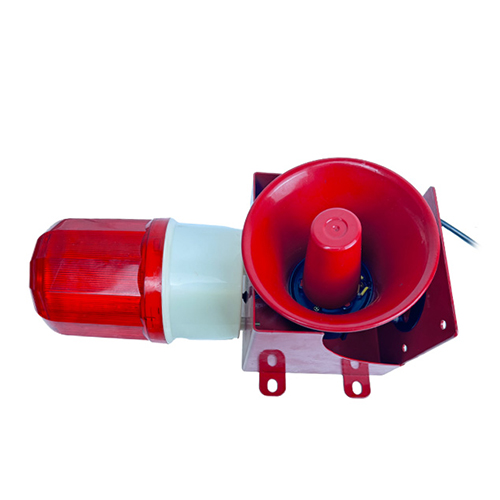3 wire npn proximity sensor
- time:2025-09-08 01:27:59
- Нажмите:0
The Essential Guide to 3-Wire NPN Proximity Sensors: Sinking Your Automation Needs
In the intricate dance of modern industrial automation, precision and reliability are paramount. Sensors act as the eyes and ears of machines, providing crucial feedback on position, presence, and motion. Among the most ubiquitous are inductive proximity sensors, and within that family, the 3-wire NPN proximity sensor holds a vital position. Understanding how these workhorses function, their wiring, and their advantages is key to designing robust and efficient control systems. This guide delves deep into the world of 3-wire NPN proximity sensors, demystifying their operation and showcasing their indispensable role.
Unpacking the Basics: What is a Proximity Sensor?
Proximity sensors detect the presence or absence of an object without physical contact. Inductive types, the most common for metallic targets, generate an electromagnetic field. When a conductive metal object enters this field, it causes eddy currents to form on the target’s surface. This change in the field’s characteristics is detected by the sensor’s internal circuitry, triggering its output state to change. This contactless operation makes them incredibly durable and reliable in harsh industrial environments filled with dust, grease, and vibration.
The “3-Wire” Distinction: Power and Signal
Unlike simpler 2-wire sensors that operate directly in series with the load (sometimes limiting their application), 3-wire sensors require a separate power supply and provide a distinct output signal wire. This configuration offers significant advantages:
- Brown Wire (V+ / +VDC): Connects to the positive terminal of the DC power supply.
- Blue Wire (V- / 0VDC / GND): Connects to the negative terminal (common ground) of the DC power supply.
- Black Wire (OUT / Signal): The output signal wire, whose state changes based on target detection.
This separation allows for lower power consumption by the sensor itself and enables the output to switch a wider range of loads independently.

Decoding “NPN”: The Heart of the Switching Action
The “NPN” designation refers to the type of transistor (a Bipolar Junction Transistor) used internally to control the output signal. This specific transistor type dictates the behavior of that crucial black output wire:
- An NPN transistor acts like a switch between the load and ground (0V).
- When the sensor does not detect a target, the NPN transistor is OFF (non-conducting). The output wire (black) is effectively disconnected from ground (blue wire). This is the “Open” state.
- When the sensor detects a target, the internal circuit turns the NPN transistor ON (conducting). This connects the output wire (black) to the ground wire (blue). This is the “Closed” or Active state.
In simpler terms: The NPN output switches the ground path for the load.
Understanding “Sinking” Operation
This behavior defines the 3-wire NPN proximity sensor as a sinking output device.
- Sinking: The sensor provides a path to ground for the load current when active.
- Wiring Principle: For the output to control a load (like a PLC input, relay coil, or indicator lamp), the load must be connected between the positive supply (V+) and the sensor’s output wire (black).
Practical Wiring: Making the Connection Work
Here’s how to connect a 3-wire NPN proximity sensor to a typical load like a PLC digital input module:
- Connect the Brown wire (+V) to the positive terminal of your DC power supply (e.g., +24V DC).
- Connect the Blue wire (0V) to the negative terminal (ground/0V) of both your DC power supply and the PLC’s common input terminal (often labeled COM, 0V, or M).
- Connect the Black wire (OUT) directly to the specific PLC input terminal you are using.
- Internally, the PLC input module has circuitry (like an optocoupler) connected between its input terminal and its internal +V supply (often sourced from the same +24V feeding the sensor). When the NPN sensor detects a target, it connects its black wire (PLC input) to ground (blue wire), completing the circuit through the PLC’s internal components and signaling an “ON” or “TRUE” state.
NPN vs. PNP: Why the Distinction Matters Critically
The other common transistor type is PNP. It’s crucial to understand the difference:
- PNP Proximity Sensor:
- Uses a PNP transistor internally.
- Switches the positive supply path for the load.
- Sourcing output: Provides voltage to the load when active.
- Load is connected between the sensor’s output wire (black) and ground (0V).
- NPN Proximity Sensor:
- Uses an NPN transistor (as discussed).
- Switches the ground path for the load.
- Sinking output: Provides a path to ground when active.
- Load is connected between the positive supply (+V) and the sensor’s output wire (black).
Why Choose a 3-Wire NPN Proximity Sensor?
Several factors make NPN proximity sensors a preferred choice in many scenarios, especially when interfacing with certain controllers:
- Ground-Referenced Input Compatibility: Many Programmable Logic Controllers (PLCs) and controllers common in regions like North America and Japan are designed with inputs that expect a “sinking” signal. Connecting an NPN sensor (sinking output) directly to such an input provides the ground path the input needs to activate when the target is present. Using a PNP sensor incorrectly here could cause malfunctions.
- Safety Considerations (Fail-Safe): In some safety-oriented wiring schemes, it’s desirable for a wire break or sensor failure to result in an “off” state. With NPN sensors wired to sinking inputs, a broken wire typically results in no ground connection, interpreted as “off”. While not inherently safer than PNP, the choice must match the controller’s design for predictable failure modes.
- Standardization in Certain Regions: NPN (sinking) outputs have historically been the dominant standard in various markets and applications, leading to extensive use and familiarity.
- Robustness: Like their PNP counterparts, 3-wire NPN proximity sensors offer excellent resistance to environmental factors and electrical noise due to their solid-state design and absence of moving parts.
**Normally Open (NO)

